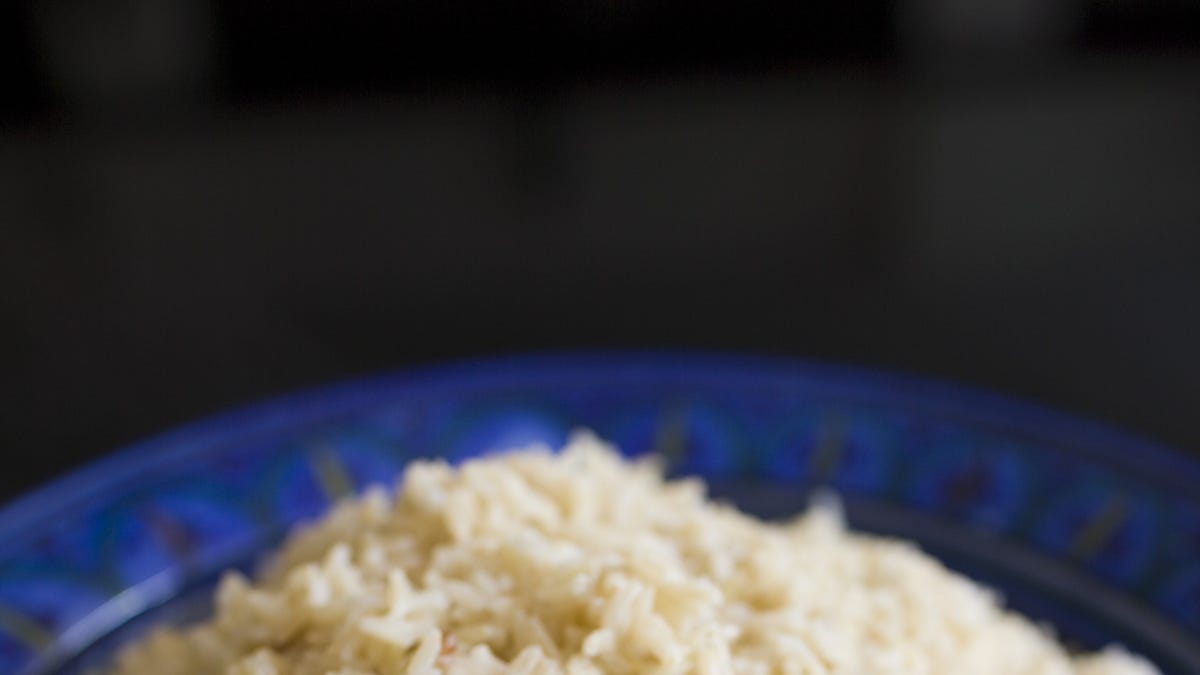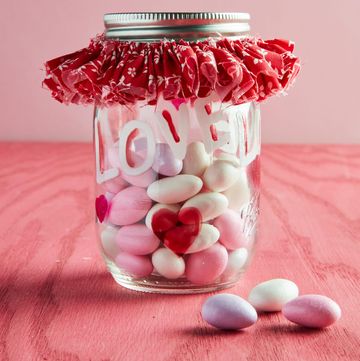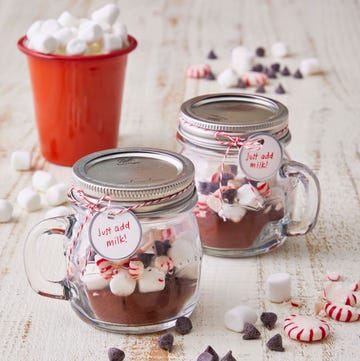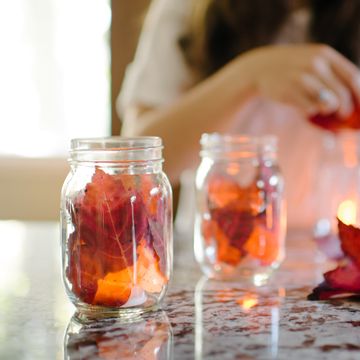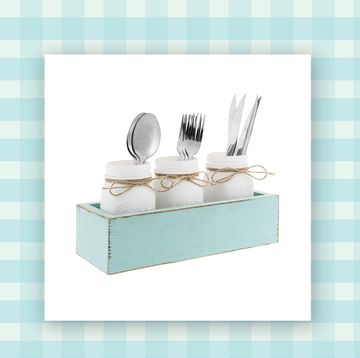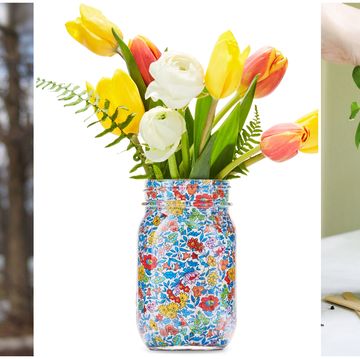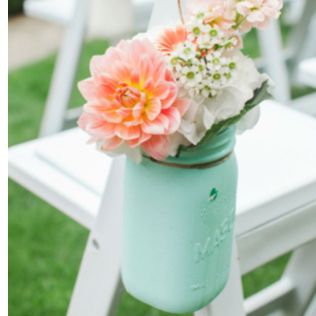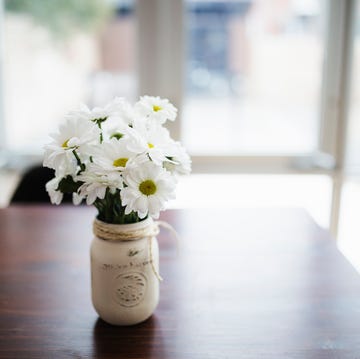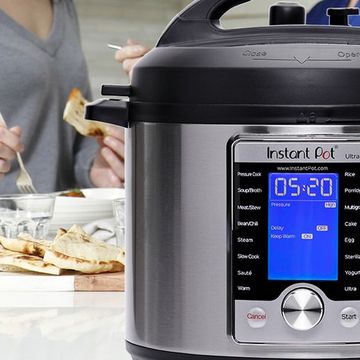Country Living editors select each product featured. If you buy from a link, we may earn a commission. Why Trust Us?
1Not following the recipe.
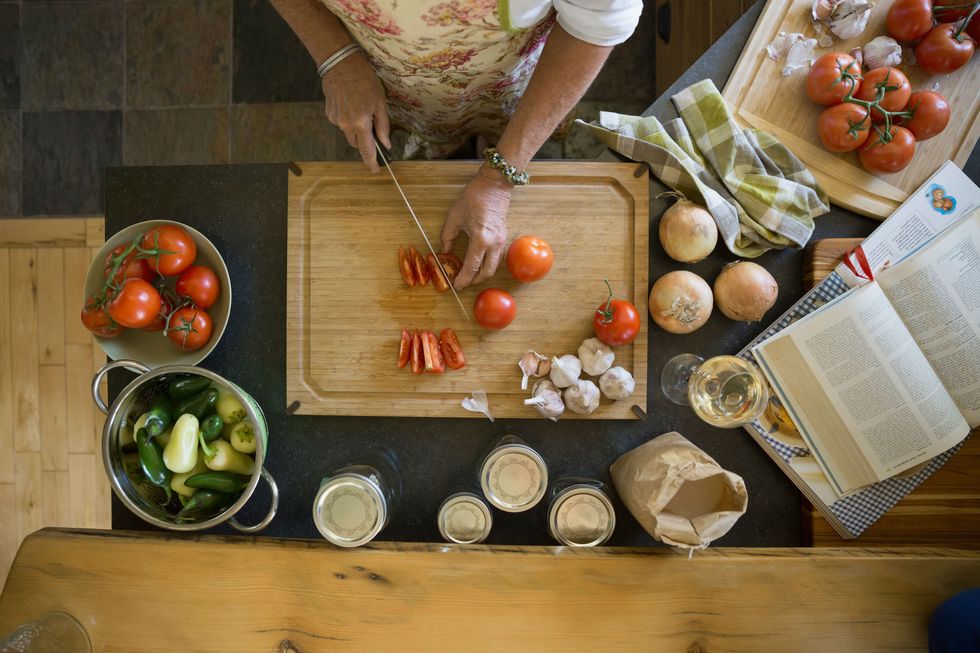 Getty Images
Getty ImagesBreak out the cookbooks: This is no time to riff on a recipe. "Canning is an exact science, so it's always important to follow a tested and approved recipe when canning for the sake of food safety," Piper says. The National Center for Home Food Preservation has recipes, as do the publications on FreshPreserving.com.
2Using fresh instead of packaged lemon juice.
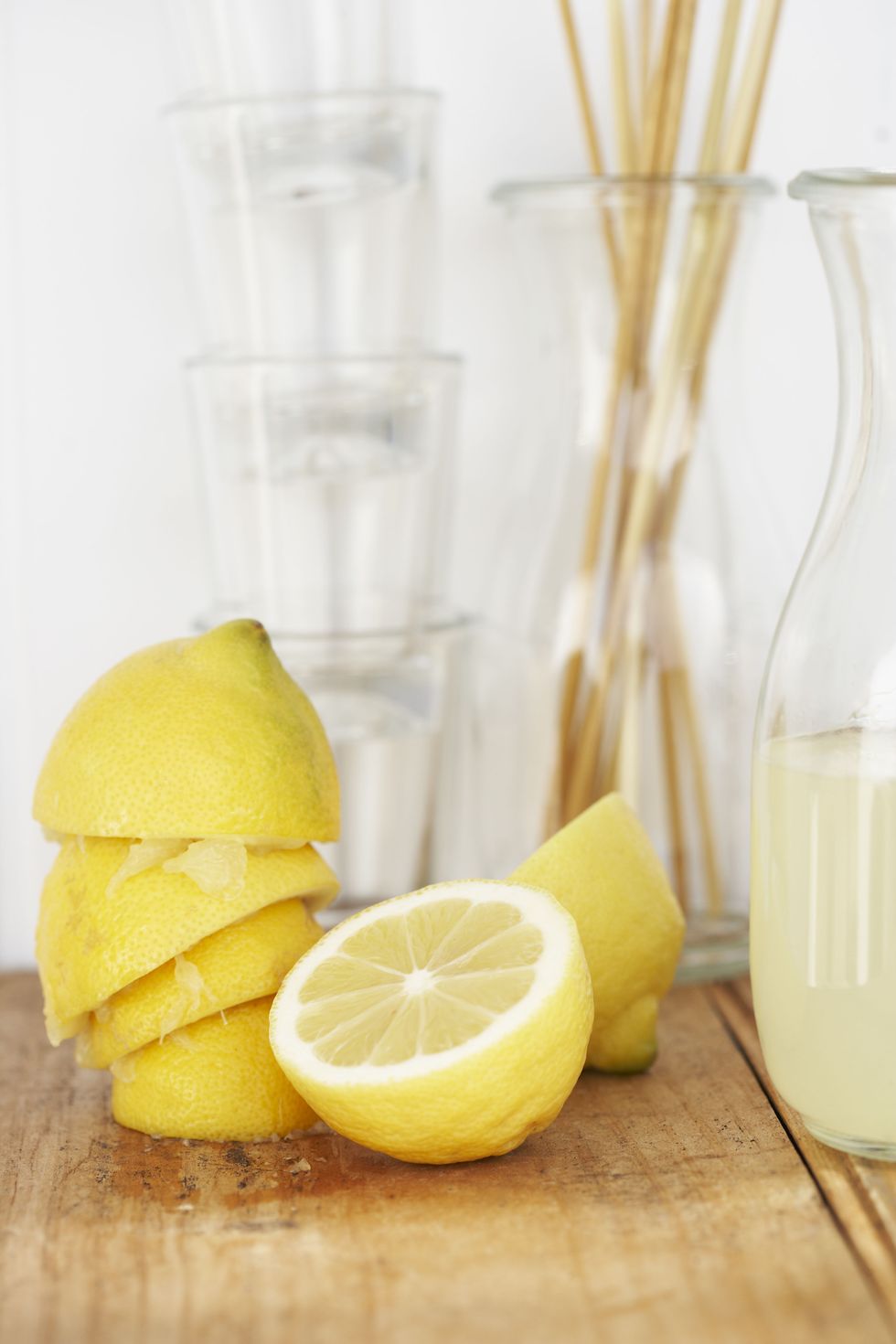 Getty Images
Getty ImagesThink you can swap the bottled stuff for the fruit itself? Wrong! "Bottled lemon juice has a consistent pH (acid) level, unlike fresh lemons," Piper explains. "In order to be safe for canning, some types of fruits and vegetables require the additional acid that's not guaranteed with fresh lemons." If a recipe does call for fresh lemon juice, it's just for flavor.
3Pre-warming lids.
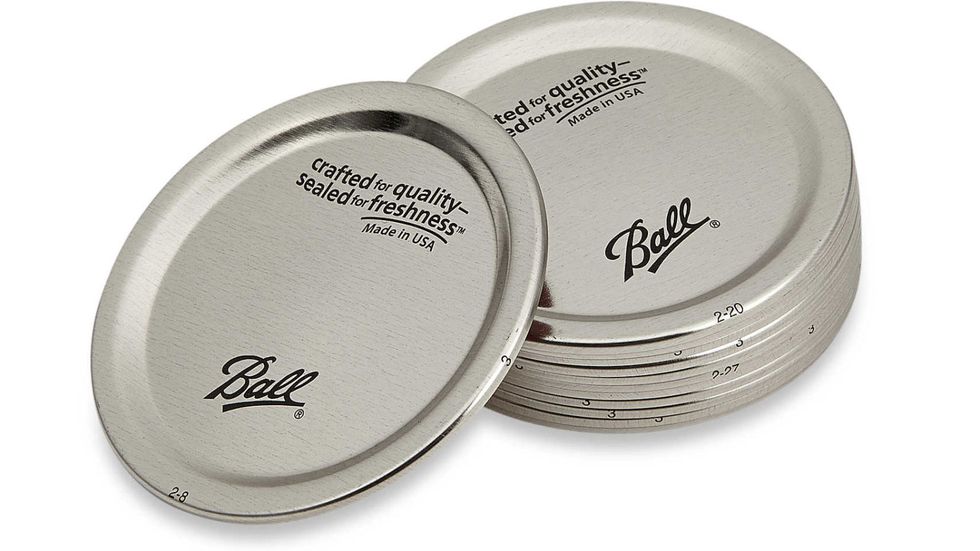 Courtesy of Bed Bath and Beyond
Courtesy of Bed Bath and BeyondThis one's not so much a mistake as unnecessary. There was a time when
Ball brand Home Canning Products used to recommend pre-warming the lids as well as the jars, but the Quality Assurance Team has determined through comprehensive testing that it's actually not necessary to heat the lids. Note that you do still have to heat the jars.
$3 for a 12-pack jar lids
BUY NOW
Advertisement - Continue Reading Below
4Using metal utensils to remove air bubbles.
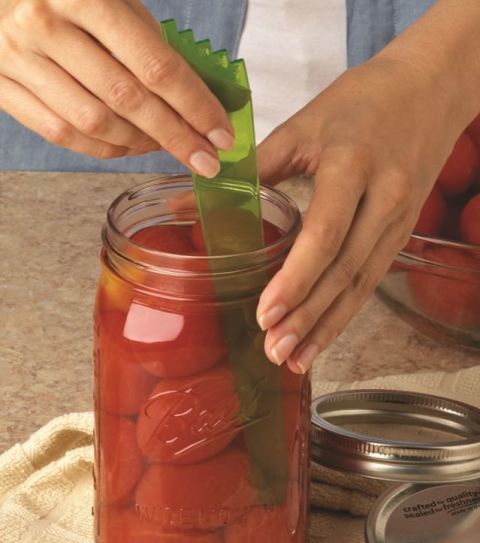 Courtesy of Fresh Preserving
Courtesy of Fresh PreservingOr even worse: failing to remove air bubbles at all. It's extremely important to remove air bubbles prior to processing," Piper says. "When air bubbles are not removed, the air trapped by the food will essentially add to the headspace. Too much headspace can lead to seal failures." Opt for wooden or plastic tools (like Ball's official "bubble freer," shown here) when shifting the contents to remove headspace. "Using metal utensils to remove air bubbles can etch the glass which can lead to jar breakage over time," Piper explains.
$1
BUY NOW
5Not measuring headspace.
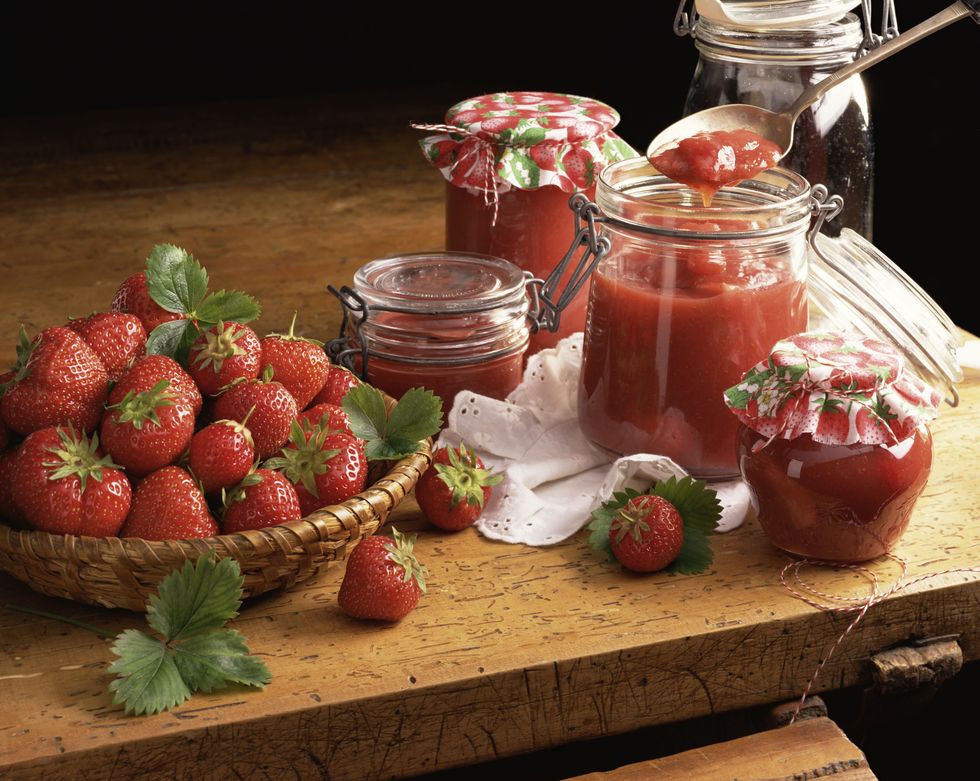 Getty Images
Getty ImagesRemember that headspace we alluded to? It's that area between the contents of the jar and the lid—and it's pretty darn important if you want a vacuum seal (trust us, you do). "If jars are overfilled, the contents may siphon or boil out during processing," Piper explains. "Any food residue remaining on the jar rim, such as grease, juice, seeds, or pulp can prevent the formation of an airtight seal." Which is why you should also wipe off the jar rim after filling! "When too much headspace is left, all the air may not vent from the jar during processing, preventing the formation of a vacuum seal." The other end of that "bubble freer" makes it easy to measure for the correct headspace.
6Using a larger jar.
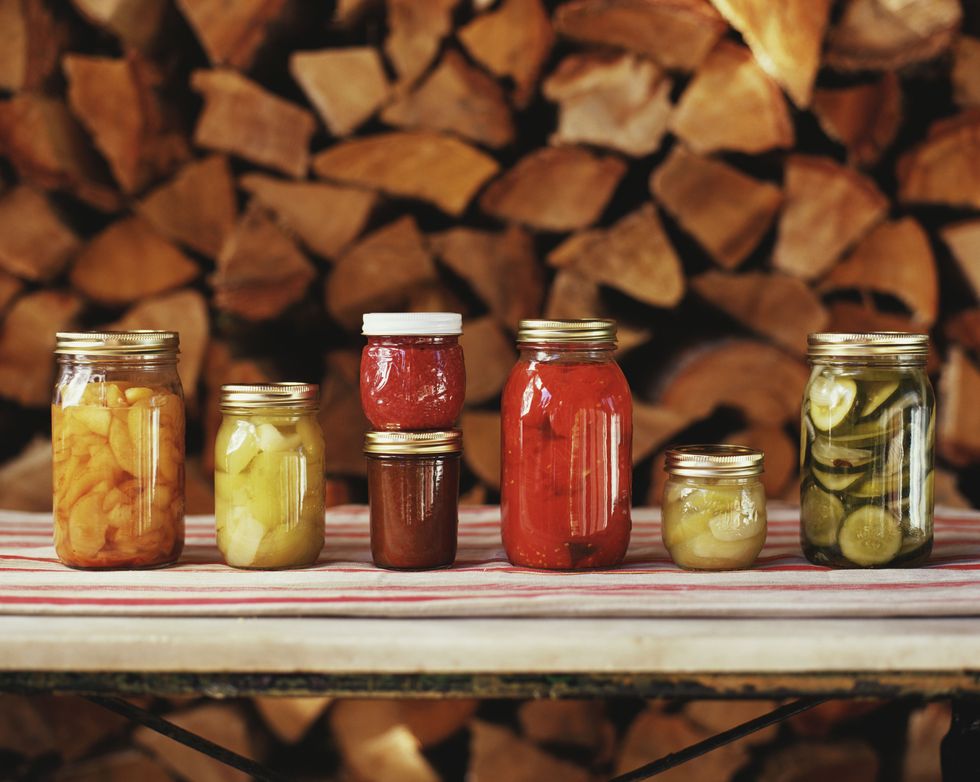 Getty Images
Getty ImagesBecause different sizes of jars require different processing times (larger jars take longer for proper heat penetration), for food safety, you should always use the jar size listed in the recipe. Remember: "You can always safely go down and process at the same time, but you cannot go up in jar size," Piper says.
Advertisement - Continue Reading Below
7Over-tightening the lids.
 Courtesy of Fresh Preserving
Courtesy of Fresh PreservingYep, there's even a right way to screw on your lid. "Using just your fingers, screw bands down evenly and firmly just until a point of resistance is met—fingertip-tight," Piper says. "Do not over-tighten bands by using the full strength of your hand. Over-tightening bands can prevent air from venting out of the jars, resulting in buckled lids or seal failure. After processing, bands may appear to have loosened. This is normal. Do not retighten bands immediately after processing since this may break the seal that is forming."
$9 for 4
BUY NOW
8Reusing lids for food purposes.
 Courtesy of The Prudent Garden
Courtesy of The Prudent GardenYou can reuse the jar itself and even the bands, but you can never reuse the Mason jar lid—for canning, that is. "After the first use, the plastisol seal is spent and will not recover enough for reuse when processing," Piper explains. "Using a lid multiple times can lead to seal failures for this reason." You're better off using a fresh lid every time—and repurposing your old lids for cute crafts, like this DIY plant label from The Prudent Garden.
$3 for a 12-pack jar lids
BUY NOW
9Freezing in just any jar.
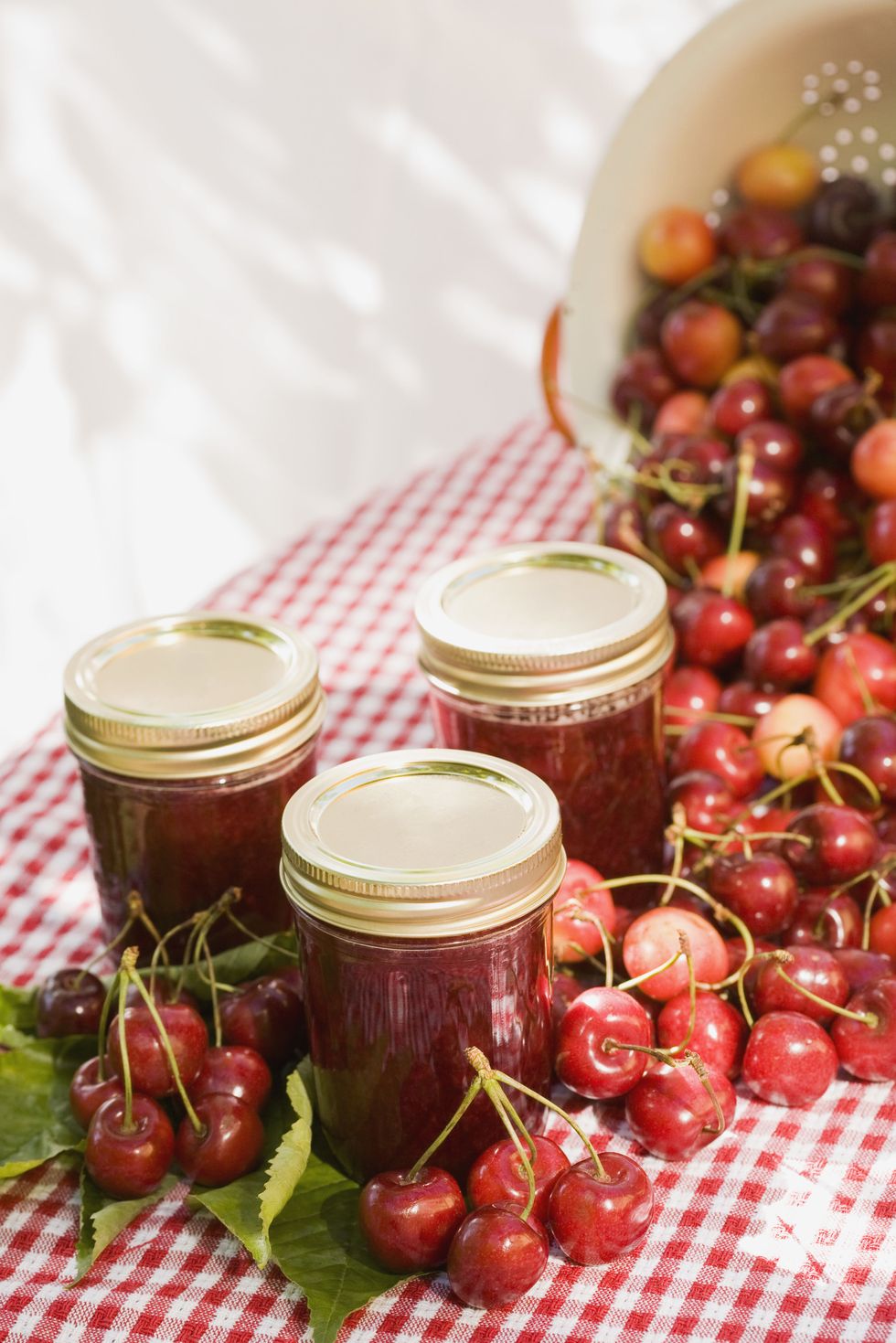 Getty Images
Getty ImagesIt turns out, you can't freeze all wide-mouth jars. That's because the contents can expand during freezing, which can break some types. But there's an easy way to tell which ones are freezer-safe: "Look at your jar," Piper says. "Where you secure the band is referred to as the neck of the jar. If your jar has shoulders under the neck, like a human, then the jar is not freezer-safe." For example, Ball® Regular Mouth Pints are not freezer-safe. "If the jar simply tapers from the neck of the jar, then this jar is indeed freezer safe." Example: Ball® Regular Mouth Half Pint.
$9 for 12
BUY NOW
Advertisement - Continue Reading Below
10Canning on a flat glass stovetop .
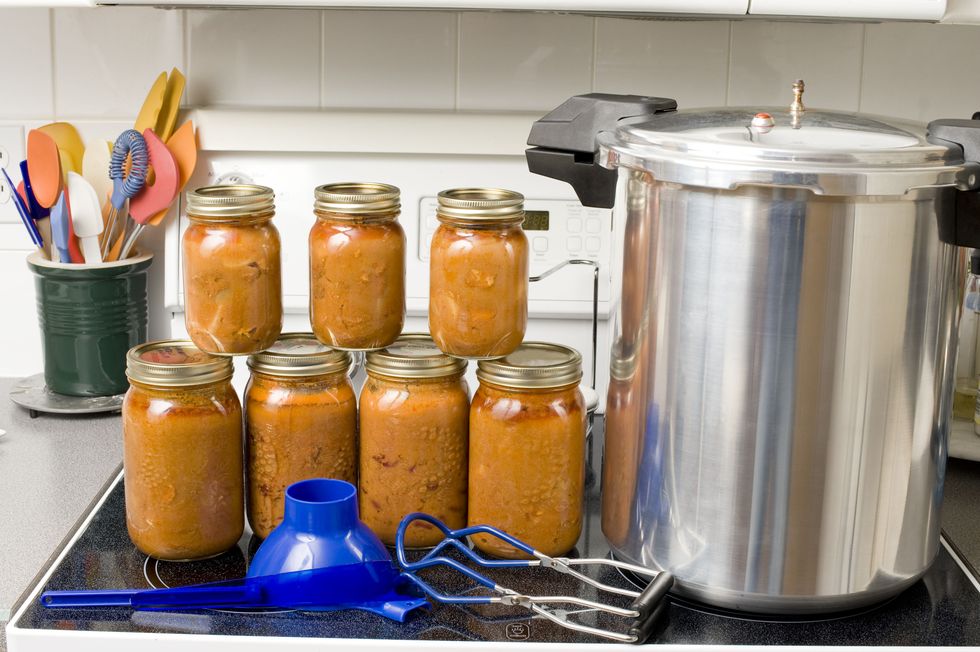 Getty Images
Getty ImagesBefore you begin canning, find out if your stovetop can take the heat. Specifically, glass stoves are not always safe for home canning, so you'll want to check with the manufacturer. "Canning on a glass stovetop that's not approved for canning could cause the glass on the stovetop to break and can lead to food spoilage if proper temperatures are not able to be maintained during the process," Piper says. Got the go-ahead? Make sure your canner has a completely smooth bottom (Ball's stainless steel offering works well) and that the pot is no more than one inch wider than the burner.
$100
BUY NOW
11Baking or heating in Mason jars.
No matter how many cute mini pies you see on social media, never, ever, ever bake or microwave your Mason jars. Here's the official word from Ball brand Home Canning Products: "We do not recommend baking in any size or shape of Ball or Kerr canning jars. The glass used for Ball and Kerr canning jars is not tempered for oven use and is not meant to be used in baking projects. The jars are safe to use for home canning recipes, cold or room temperature food storage, crafting, and cold beverages. The jars should not be used as bakeware, as most bakeware is tempered and can withstand greater temperature differentials."
12Placing hot jars on counters.
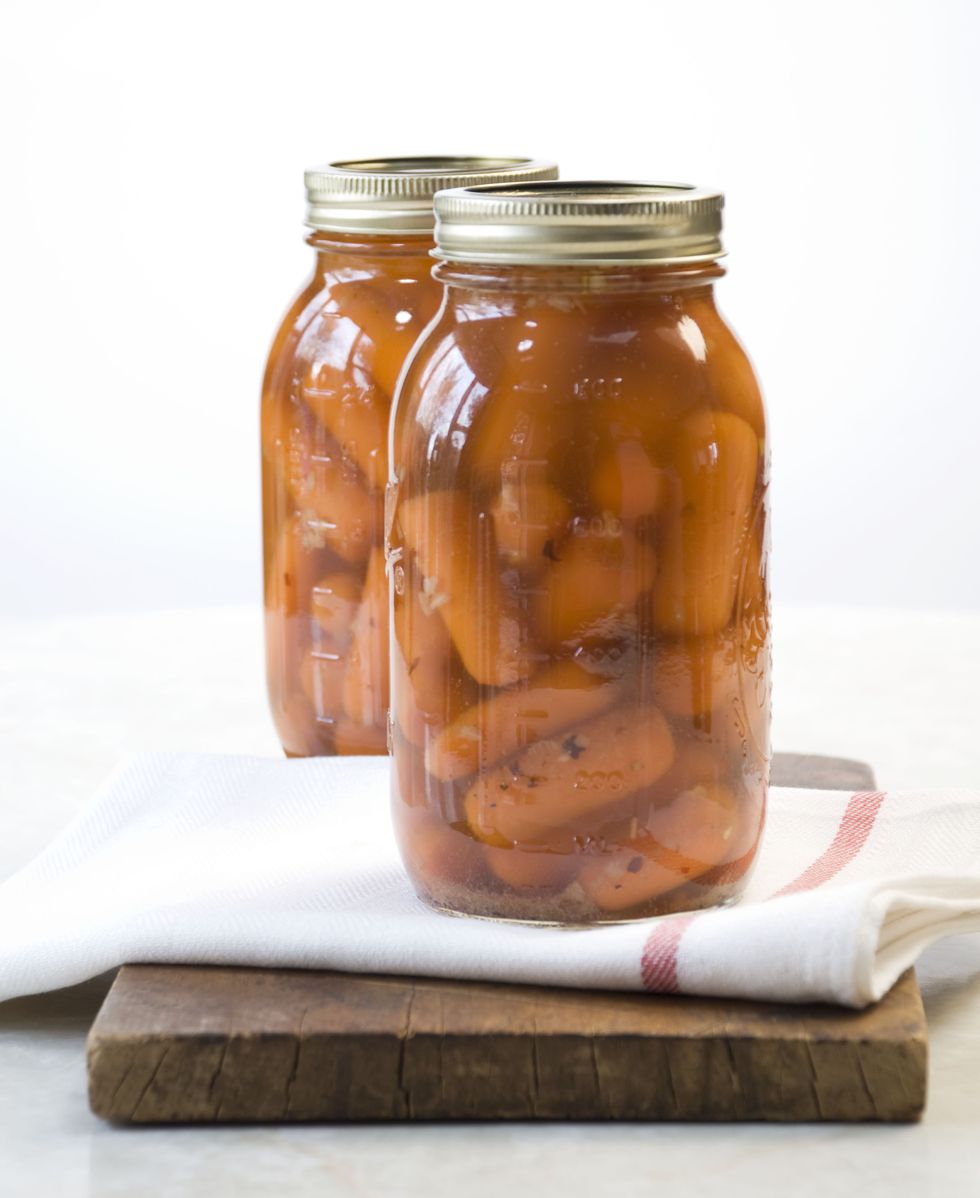 Getty Images
Getty ImagesFor the same reason, you'll also want to make sure you don't change the temperature of your Mason jar too suddenly. Even something as simple as a cold countertop can cause the glass to go into thermal shock and break. That means when you pull those suckers out of their hot water baths, you should always place them on a towel—and never put them directly into the fridge.
$17 for set of 4
BUY NOW
Advertisement - Continue Reading Below
Advertisement - Continue Reading Below
Advertisement - Continue Reading Below
